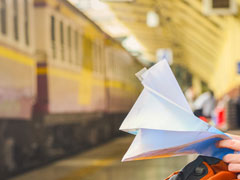Introduction
Lying in central-eastern Poland, Warsaw’s beauty and elegance hides a tragic and bloody past. This city was condemned to total destruction by Hitler’s army in 1943 when orders were given to destroy every last stone. Thankfully for us, Polish patriots lovingly restored what was destroyed after the end of the Second World War, rebuilding much of the beauty of the original 19th century architecture.Though the Cold War phase witnessed some neglect of Warsaw’s visual beauty, with some elements of twentieth century Stalinist architecture piercing the city as well as allowing the build-up of heavy traffic, the essence of its elegant parks and palaces has never been lost. Neither has its history been forgotten with many museums and monuments being dedicated to the Nazi era and the holocaust, as well as to other periods of the city’s history.







